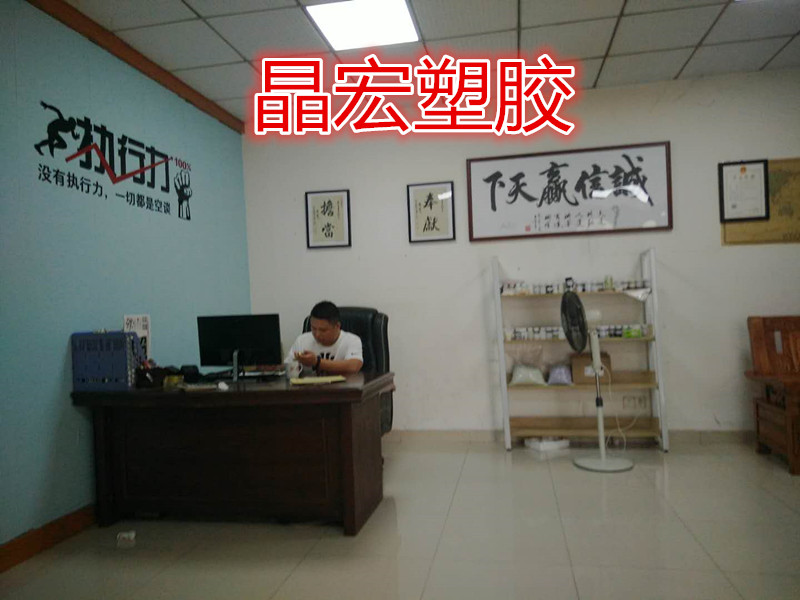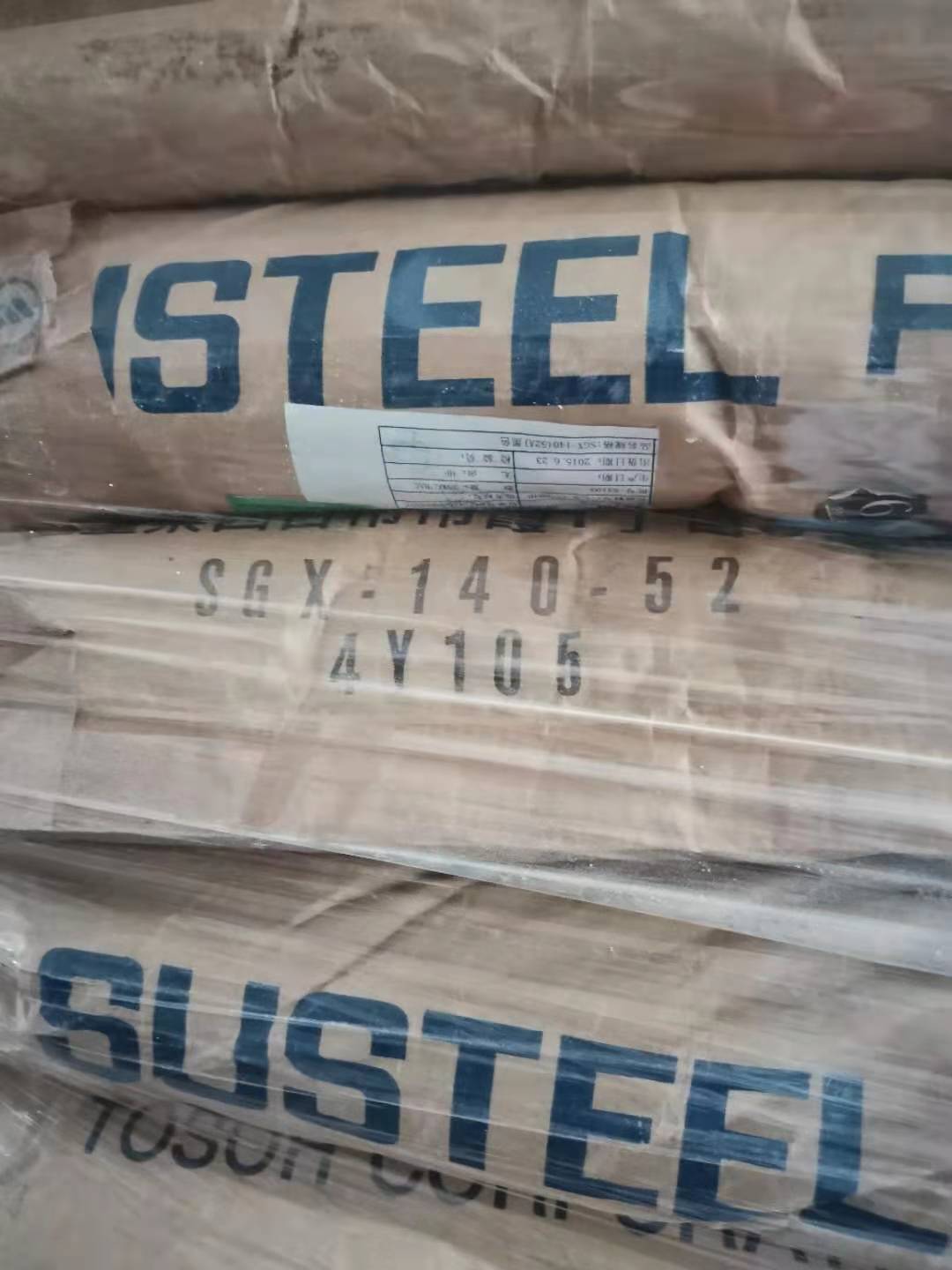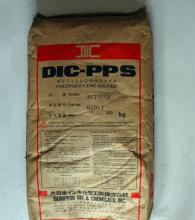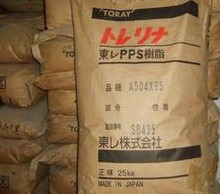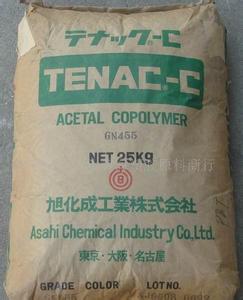POM Z4513旭化成---From the point of view of POM production process, formaldehyde is used as polymerization monomer in homopolymerization method, and its chemical properties are very active, which brings many problems to the refining and polymerization process. In the copolymerization method, trioxane is a stable six segment ring, which is easier to purify and polymerize compared with formaldehyde. Therefore, when the process route of trioxane appears, the industry rarely c***iders using formaldehyde as the polymerization monomer. At present, the copolymerization technology with trioxane as the polymerized monomer accounts for about the total production capacity of polyoxymethylene in the world. According to the properties of the resin products of the two processes, the properties of homoformaldehyde were higher than those of the other two processes
Its crystallinity is slightly higher, and its physical and mechanical properties are slightly stronger than that of CO formaldehyde, but its thermal stability and acid and alkali corrosion resistance are ***iously inferior to that of CO formaldehyde, and the processing temperature range is narrow. However, the processing conditi*** of copolyformaldehyde are not as harsh as those of homoformaldehyde. During the processing, the thermal decomposition releases less formaldehyde gas, which can be recycled for many times without ***ious impact on product quality, These advantages are valued and hoped by users
从POM的生产过程来看, 均聚法以甲醛为聚合单体, 其化学性质十分活泼, 给精制和聚合过程带来许多问题。共聚法以***为聚合单体, ***是个稳定的六节环, 与甲醛相比更便于提纯和聚合, 所以当***工艺路线出现后, 工业界就***再考虑用甲醛作为聚合单体了, 目前以***为聚合单体的共聚技术约占世界聚甲醛总生产能力的。从两种工艺的树脂产品性能来看, 均聚甲醛的结晶度略高, 其物理机械性能稍强于共聚甲醛, 但其热稳定性、耐酸碱腐蚀性明显不如共聚甲醛, 加工温度范围较窄, 而共聚甲醛加工成型的条件不象均聚甲醛那样苛刻, 加工过程中热分解释放出甲醛气体少, 可多次回收利用而不明显影响产品质量, 这些优点更是用户所看重和希望的
Z4513 物性表
物理性能 额定值 单位 测试方法
密度 1.41 g/cm³ ISO 1183
熔流率 9.0 g/10 min ISO 1133
收缩率 - 流量 1.6-2.0 % Internal Method
机械性能 额定值 单位 测试方法
拉伸模量 (23℃) 2700 MPa ISO 527-2
拉伸应力 (屈服, 23℃) 65.0 MPa ISO 527-2
拉伸应变 (断裂,23℃) 50 % ISO 527-2
简支梁缺口冲击强度 7.0 kJ/m² ISO 179
热性能 额定值 单位 测试方法
热变形温度
(0.45 MPa, 未退火) 154 ℃ ISO 75-2/B
(1.8 MPa, 未退火) 97.0 ℃ ISO 75-2/A


